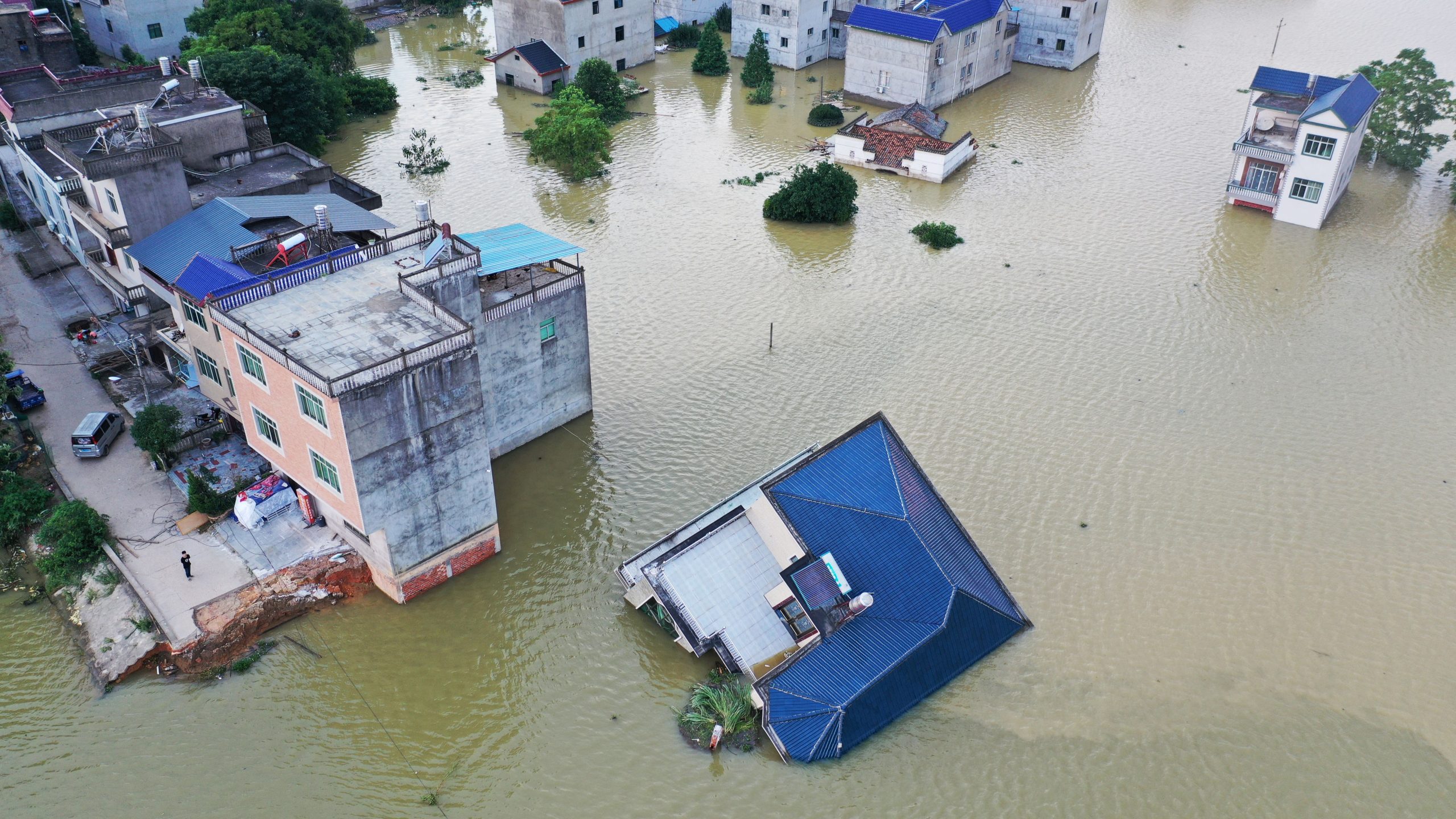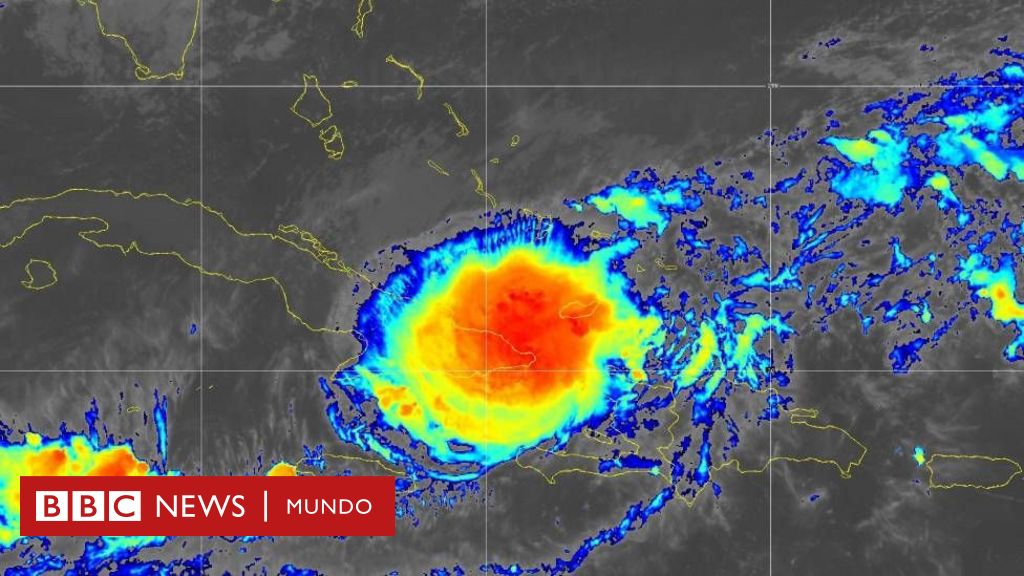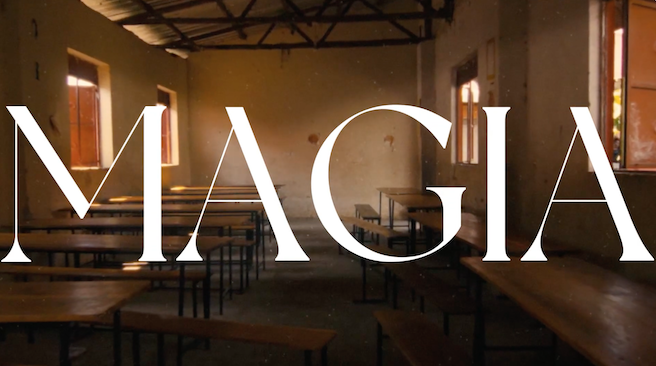Rwanda is a hotspot for flood disasters

Rwanda, a small, landlocked, mountainous African country often called the “Land of a Thousand Hills,” began the month of May with severe and devastating floods. At least 130 people died due to heavy rains, floods and landslides.
The severe weather forced thousands of people into emergency displacement as entire villages were submerged. Behind 5,000 homes, 17 roads and 26 destroyed bridges, flooded fields and mudslides can be seen. Just as an entire hospital was lost in the torrential rains that followed a long drought.
The authorities are implementing rescue and relief plans in the worst-affected areas of Rubavu, Ngororero and Nyabiho (west), Jakinki, Burira and Musans (north) and Nyamagabe (south). Operations are underway there to allow “the evacuation and temporary relocation of affected and high-risk populations while the rains continue.”
The United Nations Development Program reports that more and more usable land is being eroded and degraded to serve a growing economy based on agriculture that employs 65% of the population. As a result, their inherent vulnerability to climate shocks is increasing.
Globally, there has been a 134% increase in weather-related flood-related disasters between 2000 and 2023, according to the United Nations Development Programme. Rwanda, naturally prone to floods, has become a hotspot.
“The whole area looks like a hurricane has passed,” he said. Dr.. Simon Schlendwin. A journalist based in the Ugandan capital, Kampala, in early May. Entire villages were razed to the ground. It’s a very dangerous and catastrophic situation.”
Rwanda floods
Richard Munang, deputy regional director for the Africa office of the United Nations Environment Programme, pointed to the terrible floods in Rwanda. Rising temperatures are believed to increase the frequency of extreme weather events.
While the globe has warmed by 1.1 degrees Celsius, the official noted that Africa’s warming is twice the global average and extreme events will only get worse. “East Africa has seen temperature rises of up to 1.7°C. This means that the consequences of global warming, including heavy rainfall, will continue to increase.”
In 2021, Rwandan President Paul Kagame has vowed to respond to bad weather: devastating rains and windstorms that same year triggered landslides.
“In Rwanda, the changing weather is beginning to be affected by unusually heavy rains and floods,” Kagame said. “Changing weather patterns also affect agriculture. We are responding by investing in water resource management, restoring catchment areas and wetlands.”
Reforestation and forest conservation are two important ways to combat rapid soil erosion. Jashumba al-Dimashqi said the landslides that followed heavy rains. Country Director for the Rwandan environmental organisation, Rural Environment and Development Organization (REDO).
Similarly, floods and landslides not only destroy the built environment and biodiversity, but also erode soils that support crops. The United Nations Development Program said that nearly 600 million tons of soil is lost annually in Rwanda as a result of heavy rains, with sloping farmland losing the most.
Land and crop losses
Jashumba al-Dimashqi said that crop failures due to heavy rains mean that communities may “suffer from famine.” “The Rwandan government has focused a lot on climate change adaptation and resilience, but it is not enough.”
He pointed out that developed countries are the main source of emissions causing climate change. In addition to mitigating climate change, they must help Rwanda build its resilience.
The Green Gicombe project in the northern highlands of Rwanda is working to make hill farming resilient to floods and drought, dpa reports.
Much of the land was so eroded that it was left uncultivated. But the construction of terraces and drainage channels, along with the storage of water for irrigation during the dry months, is rapidly changing the landscape.
“The harvest we are expecting this season is a miracle,” said Jacqueline Nyarabekari, a farmer with the Green Gikumbe project. This land can no longer be used. But since the advent of that initiative, climate change no longer prevents us from farming.”
The transformation of arid lands into a productive and climate-resilient agricultural region was financed primarily by the Green Climate Fund, which emerged from the Paris Climate Agreement. It has been implemented by the Rwandan government.
Also read in language Campio16.com:
Thanks for reading Change16. Your subscription will not only provide accurate and truthful news, but will also contribute to the resurgence of journalism in Spain to transform conscience and society through personal growth, defending freedoms, democracies, social justice, preserving the environment and biodiversity.
As our operating income is under significant pressure, your support can help us carry out the important work we do. If you can, support Cambio16 Thank you for your contribution!

“Coffee fanatic. Gamer. Award-winning zombie lover. Student. Hardcore internet advocate. Twitter guru. Subtly charming bacon nerd. Thinker.”











